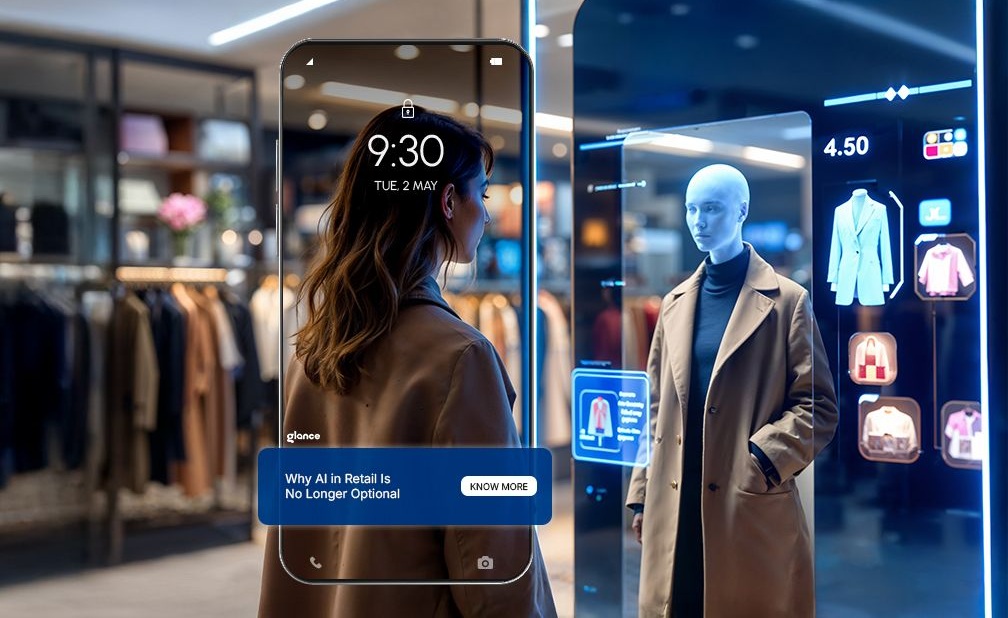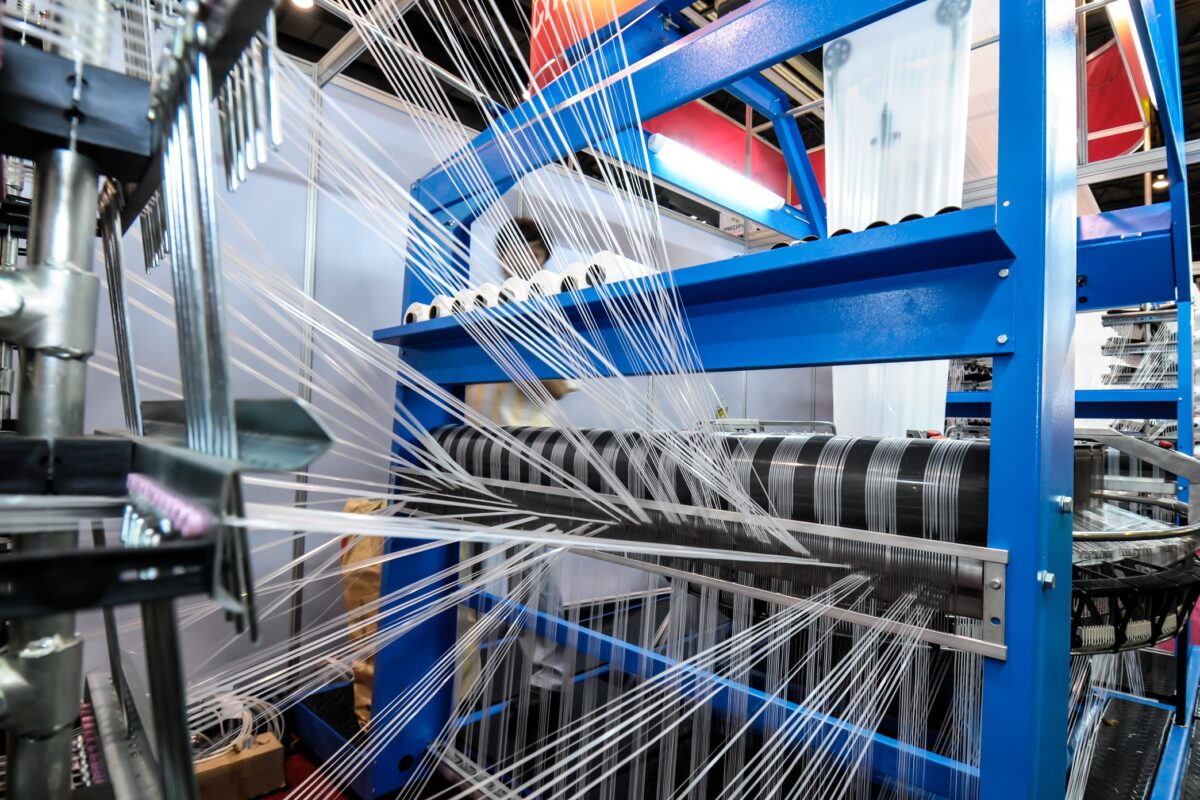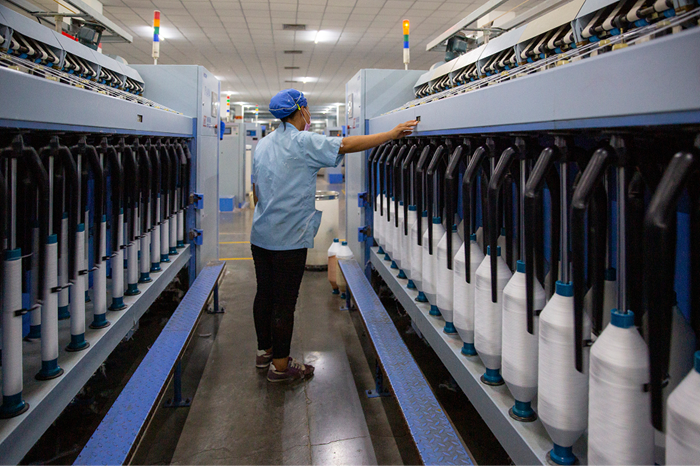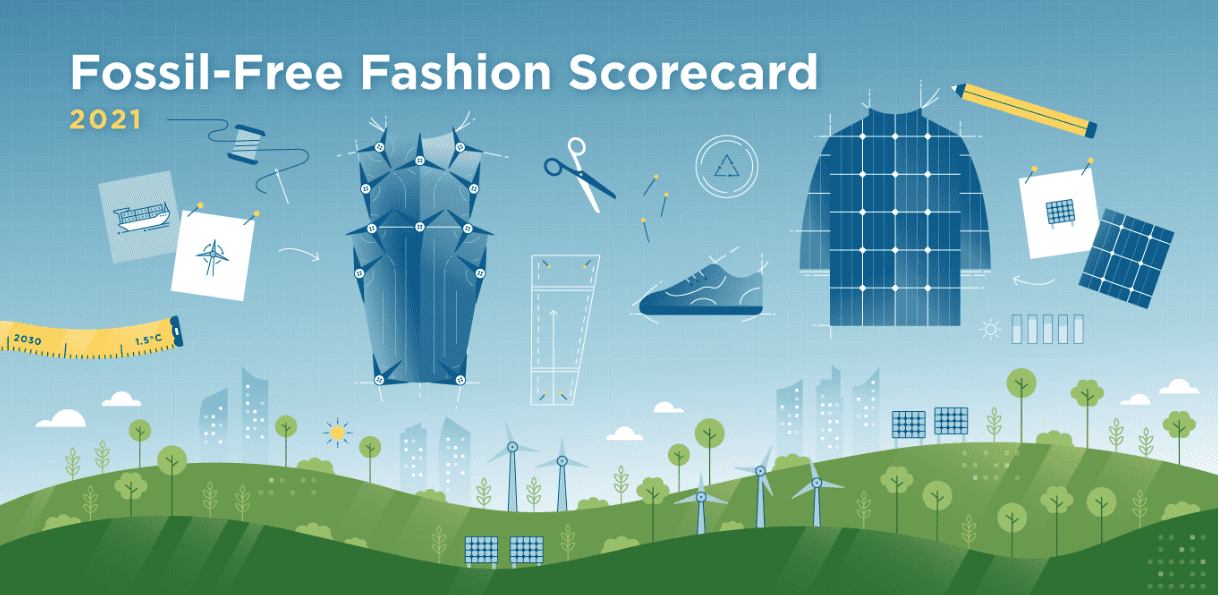
Brand (45)
Anglo-Irish chain owned by Associated British Foods, Primark’s sales are up 11 per cent compared to last year on a currency-neutral basis and 21 per cent ahead on a reported basis. Much of the rise was due to new selling space as Primark continued to open new stores in its domestic markets and abroad. The company’s average retail selling space was up about 12 per cent in the first half.
UK comparable sales rose two per cent and the market share increased. This is a relatively strong result given the challenging market conditions in Britain over the past six months. Looking beyond the UK, overall comparable sales for Primark were flat, dragged down by the Netherlands where a rapid rise in selling space appears to have led to some cannibalisation of sales from existing stores. With the Netherlands taken out, group comparative sales rose one per cent.
Primark’s six-store business in the US is continuing to develop. Markdowns were in line with the first half last year. Yet it expects operating profit margin in the first half to decline. Primark will continue to drive sales growth through new stores. It added 16 new stores in the period, including several UK locations plus Ireland, Germany, France, the Netherlands and the US.
Germany’s functional textile company Sympatex Technologies has joined the Sustainable Apparel Coalition (SAC). SAC has more than 150 global brands, retailers and manufacturers as its members, among them adidas, C&A, Gap, H&M, Nike, Puma, Target and VF Corporation.
Sympatex will use the SAC's sustainability measurement tool, the Higg Index, to drive environmental responsibility across its supply chain. The Higg index is an open source, indicator-based tool that allows suppliers, manufacturers, brands and retailers to evaluate materials, products, facilities and processes based on environmental and product design choices.
The Sympatex membrane production method uses a material made from polyether and polyester, involving no use of polytetrafluoroethylene or fluorocarbons that are often found in textile membrane materials, while the un-dyed membrane is bluesign certified as 100 per cent recyclable post-consumer.
The Sustainable Apparel Coalition is a trade organization comprising brands, retailers, manufacturers, government, and non-governmental organizations and academic experts, representing more than a third of the global apparel and footwear market. The coalition is working to reduce the environmental and social impact of apparel and footwear products around the world.
The Higg index is a suite of assessment tools that standardizes the measurement of the environmental and social impact of apparel and footwear products across the product lifecycle and throughout the value chain.
www.apparelcoalition.org/
Swedish fashion retailer Hennes & Mauritz from now on source fabrics only from mills it has inspected in Bangladesh. This is part of a program to improve working conditions in plants in the country.
H &M, which ranks second globally by sales to Spain’s Inditex, has extended its inspections from factories making its clothes to those supplying fabric and yarn. Its purchasing policies would benefit those sub-suppliers who measure up to its code of conduct. It will place more orders and book more material with those that take responsibility.
The program is about having a safe work environment and ensuring human rights with regards to remuneration and overtime and ensuring that there is no child labor. It is seen as a business tool to drive positive development and one that will make a difference for workers. The proportion of retailer’s clothes being made from fabric made by audited mills would rise to 50 per cent this year from 35 per cent last year. Unlike direct suppliers in the garment industry, most mills have never been exposed to demands or compliance standards from brands.
Poor working conditions in the textile industry were thrust into the limelight by the collapse in 2013 of the Rana Plaza garment factory in Bangladesh in which more than 1,100 workers were killed.
- 1
- 2
- 3
- 4
- 5
- 6
- 7
- 8
- 9
- 10
The Great Sourcing Shuffle: Why tariffs failed to bring manufacturing back to th…
When Washington set out to ‘reclaim manufacturing’ through punitive tariffs, it was envisioned as a patriotic reset one that would... Read more
Beyond Search and Scroll: Why AI-powered shopping is becoming retail’s new opera…
When ChatGPT unveiled its Instant Checkout capability allowing users to discover, evaluate, and purchase products within a single conversational interface... Read more
How global acrylic fiber leaders engineered price stability amid historic ACN cr…
The global Acrylic Staple Fibre (ASF) market, long known for its sensitivity to violent swings in petrochemical feedstocks is facing... Read more
GTE 2025: An impactful event driving industry excellence
Jointly organized by Garment Technology Expo and India Exposition Mart(IEML), the 38th edition of the Garment Technology Expo (GTE) proved... Read more
Threads of Labor and Steel: The human-machine ecosystem powering India’s textile…
India generates nearly eight million tonnes of textile waste every year, placing the country at the center of the global... Read more
Hanging by a Thread: US Tariffs cripple Indian textile exports, orders drop 70%
India’s textile and apparel industry is facing an unexpected mid-cycle rupture that is reshaping the sector’s economics far faster than... Read more
Sourcing's new compass, navigating apparel's great migration beyond Asia
The global apparel sourcing business is redefining the metrics of success beyond traditional labor costs. Led by geopolitical risks, consumer... Read more
No A-Grades for Climate: What the fossil-free fashion scorecard reveals about in…
For years, the global fashion industry has promised a cleaner, greener future but 2025’s Fossil-Free Fashion Scorecard by STAND.earth offers... Read more
Wired Threads: How India’s textile backbone is powering the smart apparel future
India’s huge textile industry, long celebrated for its command over cotton and competitive manufacturing scale, is going through a foundational... Read more
The New Core Competency: How sustainability and advanced fabrics are driving Ind…
The SportTech Pavilion at Techtextil India, hosted by Concepts N Strategies, concluded with a unanimous declaration: for India to successfully... Read more












